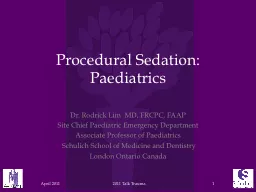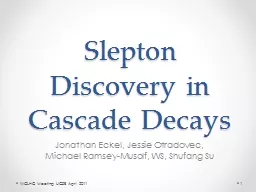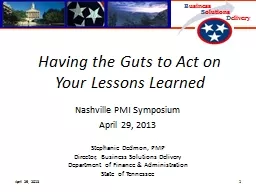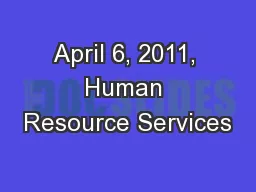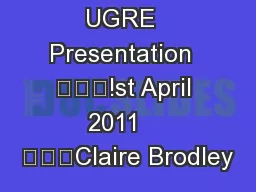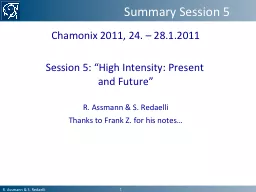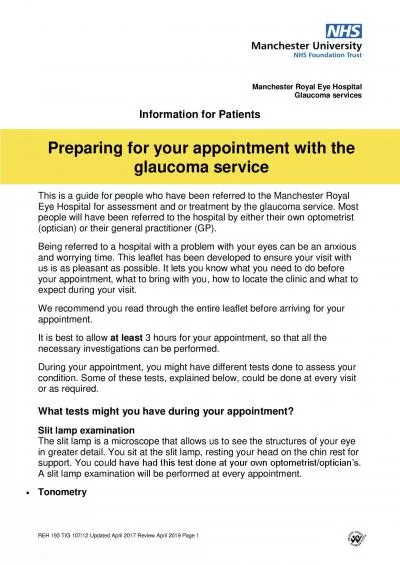PPT-1 April 14, 2011
Author : faustina-dinatale | Published Date : 2016-07-18
2 April 14 2011 Wheres WikiLeaks 3 April 14 2011 4 April 14 2011 5 April 14 2011 GEOLOCATION SERVICE Sándor Laki Eötvös Loránd University Budapest Hungary
Presentation Embed Code
Download Presentation
Download Presentation The PPT/PDF document "1 April 14, 2011" is the property of its rightful owner. Permission is granted to download and print the materials on this website for personal, non-commercial use only, and to display it on your personal computer provided you do not modify the materials and that you retain all copyright notices contained in the materials. By downloading content from our website, you accept the terms of this agreement.
1 April 14, 2011: Transcript
Download Rules Of Document
"1 April 14, 2011"The content belongs to its owner. You may download and print it for personal use, without modification, and keep all copyright notices. By downloading, you agree to these terms.
Related Documents



